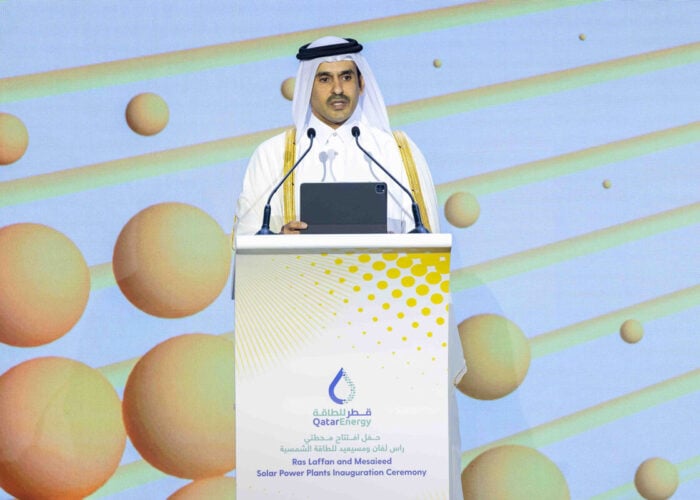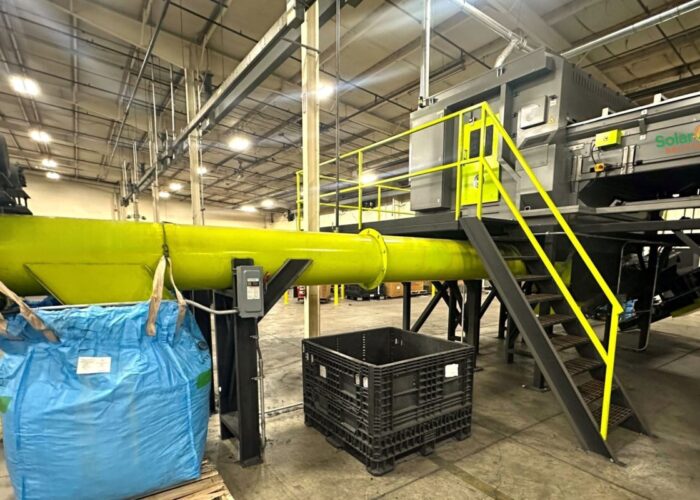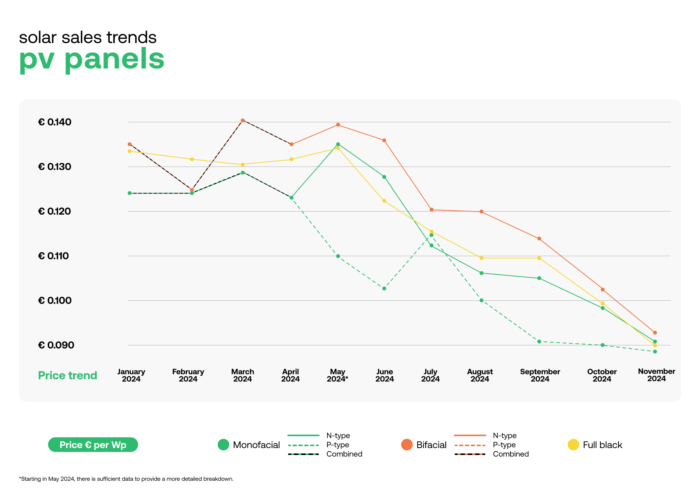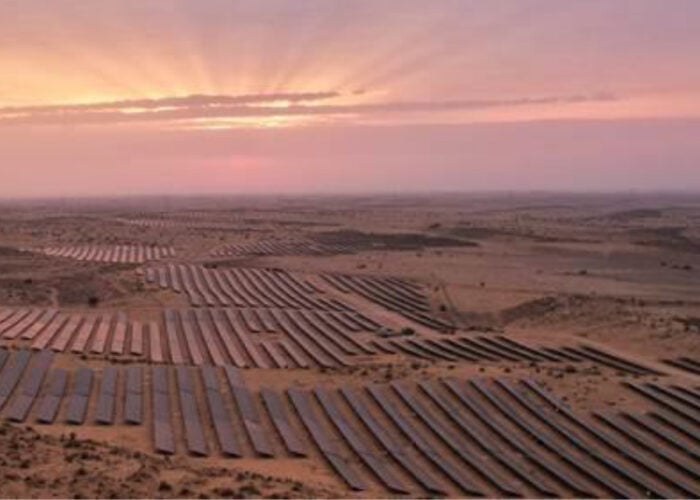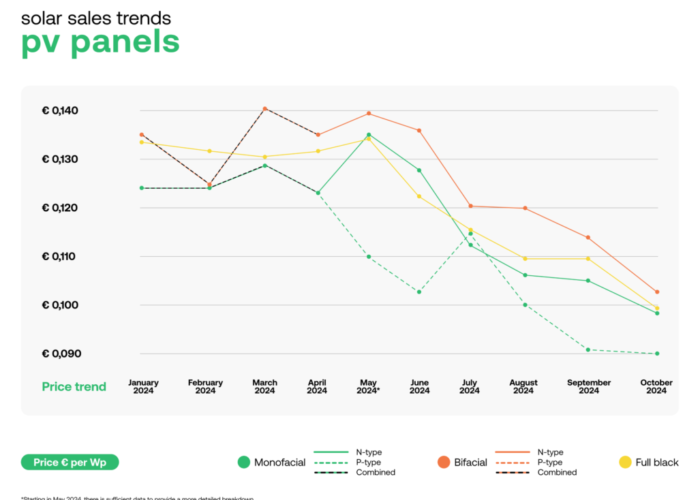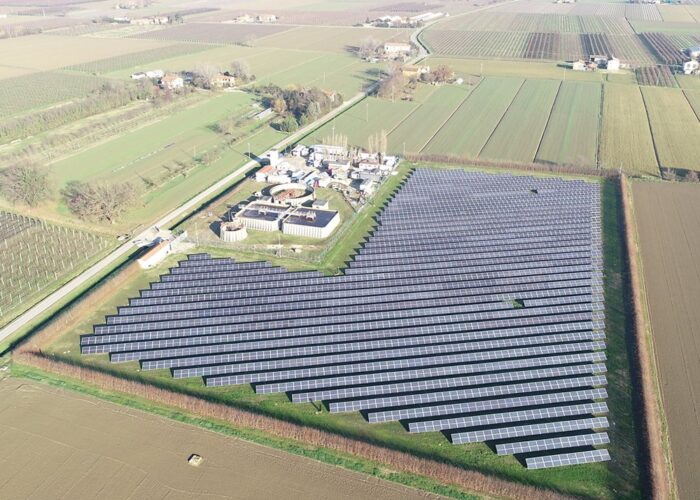
Photovoltaics has become the ‘king of energy markets’ since 2020 – Why? Because we have managed to make the technology cheap and effective by constantly increasing efficiency and exponentially growing production and installation. c-Si solar cell technology has been under evolutionary development for years, with continuous and constant improvements. One of several key milestones was the widespread introduction of bifacial cells that absorb solar radiation from both sides, which very simply made it possible to increase the energy yield in large systems by up to 25%, depending on albedo, module characteristics and mounting scenarios. However, bringing bifacial modules to market has not been an easy journey. Around 2005, we saw the need to establish bifaciality as a standard technology. However, at that time, only a few people believed in it and we were frequently meeting with statements such as: “We don’t live in a two-sun system”, “There is no light coming from behind”, or simply “That’s no use!”
Such reactions did not deter us and we started the first bifacial workshop in Konstanz in 2012. At that time there were a number of bifacial technology enthusiasts, working exclusively on n-type devices, from companies like Panasonic/SANYO, LG, Prismsolar, BOSCH Solar, PVGS and Yingli. We had to develop everything from scratch – not only the technology, but also simulations, standards and, most importantly, bankability. Over time, we attracted more and more supporters, until the breakthrough finally arrived at bifiPV2018 in Denver and the subsequent publication of the IEC TS 60904-1-2 in 2019, which had a relevant role supporting the bifacial market since it created a framework for standardization. This standardization, together with software improvements, has strongly contributed to building credibility and bankability for solar project developers. In 2019, bifacial modules were sold in double-digit GW numbers for the first time and since then it has been widely accepted that bifaciality, even if it sometimes only increases yield by a few percent, is a positive development. It contributes additional power to the previously dubbed ‘king of energy markets’, leading in some cases to electricity production costs as low as US$1ct/kWh and, in combination with trackers, to the lowest LCOEs ever. So today, with bifacial modules gaining market share, with p-type bifacial being the current benchmark while the market is moving rapidly towards n-type bifacial technologies like n-type TOPcon, we are on the way to becoming the ‘queen of energy markets’.
Unlock unlimited access for 12 whole months of distinctive global analysis
Photovoltaics International is now included.
- Regular insight and analysis of the industry’s biggest developments
- In-depth interviews with the industry’s leading figures
- Unlimited digital access to the PV Tech Power journal catalogue
- Unlimited digital access to the Photovoltaics International journal catalogue
- Access to more than 1,000 technical papers
- Discounts on Solar Media’s portfolio of events, in-person and virtual
This year, we are hosting the 10th bifacial workshop in Doha from 3 to 6 December under the theme of “Entering the bifacial n-type era”, with a focus on desert applications (www.bifiPV-workshop.com). Top international leaders in bifacial technology will gather for four days to discuss the current status of the technology and the latest developments and advancements in the field of bifacial PV. The bifiPV workshop will bring together equipment researchers, manufacturers and project developers to discuss challenges and opportunities for bifacial technology and power plant operations. The program includes oral and visual presentations covering a range of topics from cell technology to modules, from system applications to albedo enhancement, from energy yield and modelling to qualification, characterization and reliability, power plant operation and strategies to reduce O&M costs. There will also be special sessions focusing on the development of the PV sector in desert environments and the bifacial PV era.
The workshop will be complemented with a technical tour of QEERI’s Outdoor Test Facility (OTF), a 35000 m2 test site equipped with “plug-and-play” test benches for PV modules and strings and the largest HSAT facility in the MENA region for research, development and testing purposes.
Looking forward to seeing you in Qatar.
Verónica Bermúdez, Juan Lopez-Garcia, Ben Figgis, Silvana Ovaitt, Chris Deline and Radovan Kopecek


